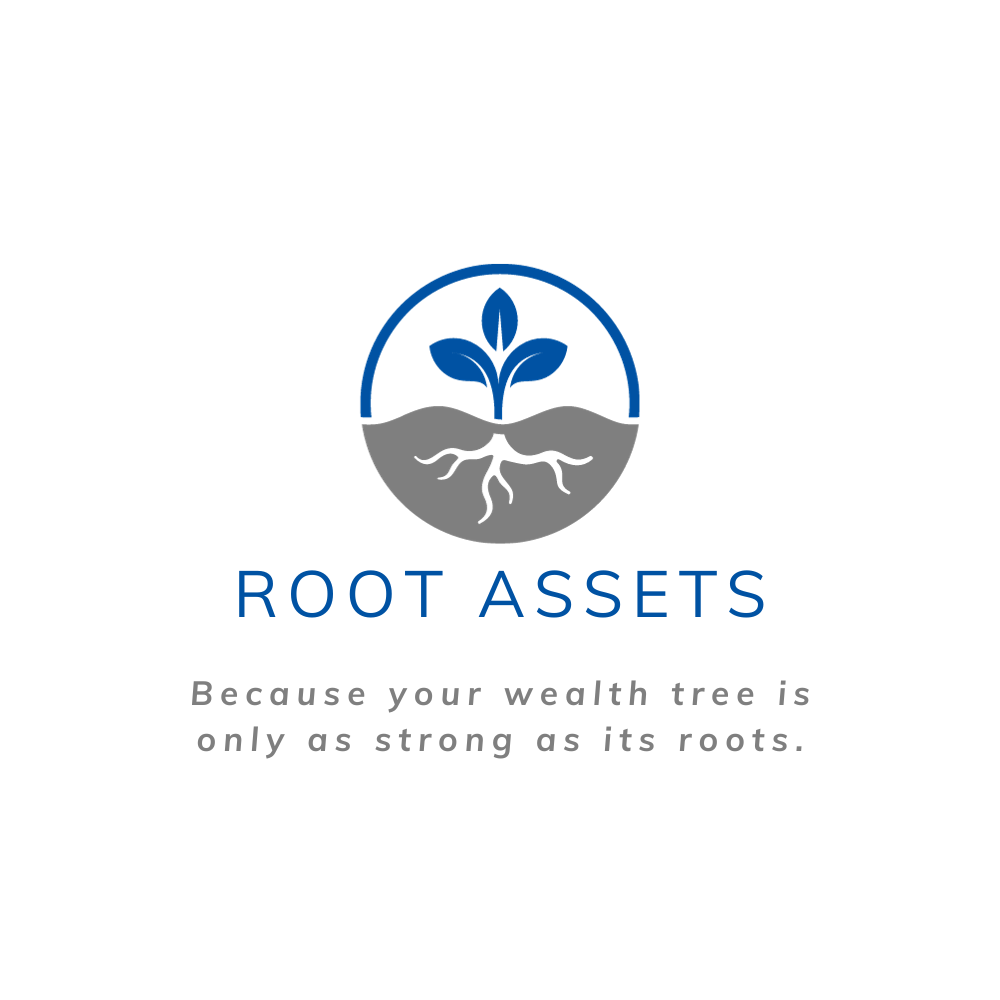
Learn more about personal and business finance by reading any one of our insightful blogs.

The Impact of Interest Rate Cuts on Bond Markets and Retirement Planning
Interest rates play a pivotal role in shaping economic activity and financial markets. When central banks lower interest rates, often to stimulate a sluggish economy, the ripple effects are felt across various sectors. In this post, we’ll explore how cutting interest rates influences the bond market and what it means for those gearing up to retire in the next few years.
Why Interest Rates Matter
Central banks, like the Federal Reserve in the US, adjust interest rates to control borrowing costs and encourage economic growth. A rate cut reduces the cost of borrowing, prompting businesses and consumers to spend and invest more. While this can breathe life into the economy, it also reshapes the landscape of financial markets—particularly the bond market, a key area of focus for investors and retirees alike.
How Rate Cuts Affect Bond Markets
Bonds are essentially loans made by investors to entities like governments or corporations, offering fixed interest payments (called coupons) and the return of principal at maturity. The price of a bond moves in the opposite direction of interest rates. Here’s what happens when rates are cut:
- Rising Bond Prices: Existing bonds, issued when rates were higher, become more attractive because they pay better interest than newly issued bonds. Investors bid up the prices of these older bonds, leading to capital gains for those who already hold them.
- Lower Yields on New Bonds: For anyone buying new bonds after a rate cut, the lower prevailing interest rates mean smaller interest payments, reducing the income generated from these investments.
For example, imagine a bond with a $1,000 face value and a 5% coupon rate, paying $50 per year. If interest rates drop to 3%, a new $1,000 bond would only pay $30 annually. The existing 5% bond becomes more valuable, and its price might climb above $1,000 as investors seek its higher yield.
What This Means for Soon-to-Be Retirees
People nearing retirement often turn to bonds for their stability and predictable income. A cut in interest rates brings both opportunities and challenges for this group:
- Boost for Current Bondholders: If you already own bonds, their increased market value after a rate cut can enhance your portfolio’s worth. You might sell them for a profit or simply benefit from a higher net asset value as you approach retirement.
- Reduced Income from New Investments: However, if you’re planning to buy bonds to generate retirement income, lower rates mean less interest from new purchases. This can squeeze your cash flow, especially if you rely on bonds to cover living expenses.
- Pressure on Pensions and Annuities: Many pension funds and annuities invest heavily in bonds. Lower rates can shrink the returns on these portfolios, potentially reducing your pension payouts or requiring adjustments to maintain benefits.
Beyond these direct effects, rate cuts can stimulate broader economic growth, possibly lifting stock prices or improving job prospects—factors that could indirectly bolster retirees’ financial security. Still, the trade-off of lower fixed-income returns remains a key concern.
Adapting to a Low-Rate Environment
With these shifts in mind, those preparing for retirement might need to tweak their strategies. Here are some options to consider:
- Explore Other Income Sources: With bond yields down, assets like dividend-paying stocks or real estate investment trusts (REITs) could help fill the income gap.
- Build a Bond Ladder: Staggering bond maturities allows you to reinvest proceeds over time, potentially capturing higher rates if they rise in the future.
- Push Back Retirement: If lower income from bonds threatens your plans, delaying retirement could give your savings more time to grow or let you wait for a potential rate rebound.
- Check Your Pension Plan: Review how rate cuts might affect your pension or annuity and discuss options with your provider to safeguard your income.
Wrapping Up
Cutting interest rates can invigorate the economy and lift the value of existing bonds, offering a silver lining for current bondholders. Yet, for those retiring soon, the flip side—lower yields on new bonds and possible hits to pension income—calls for proactive planning. By understanding these dynamics, you can better position your portfolio to weather a low-rate environment and enjoy a secure retirement.
For more insights on managing your finances through shifting markets, keep an eye on the Root Assets PLC blog.

